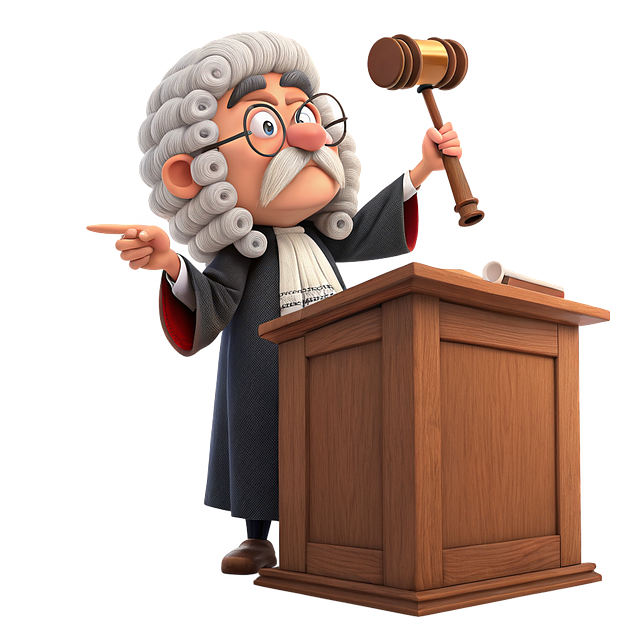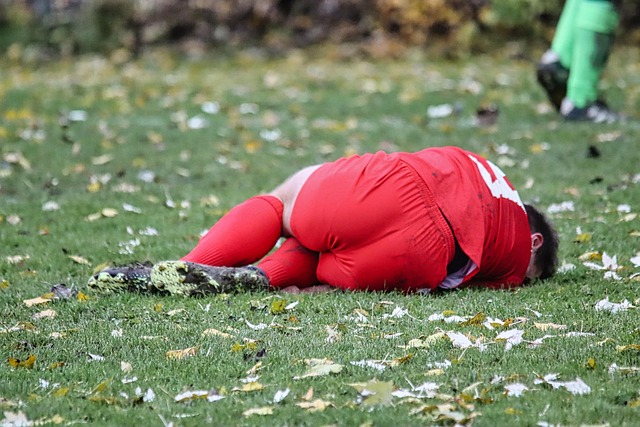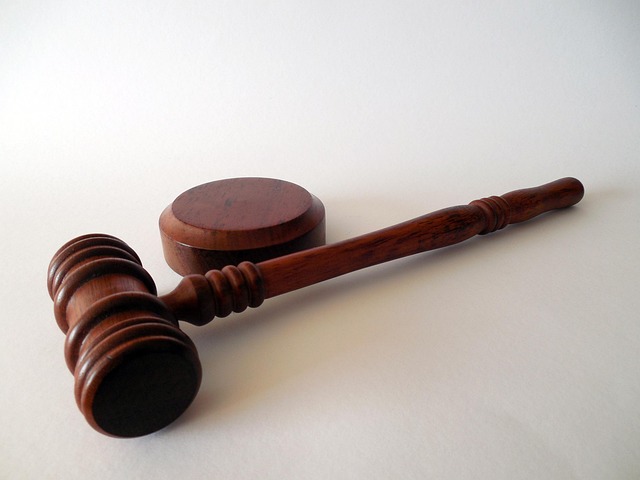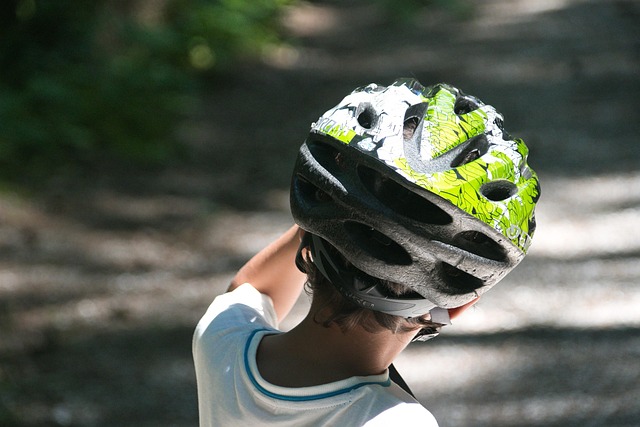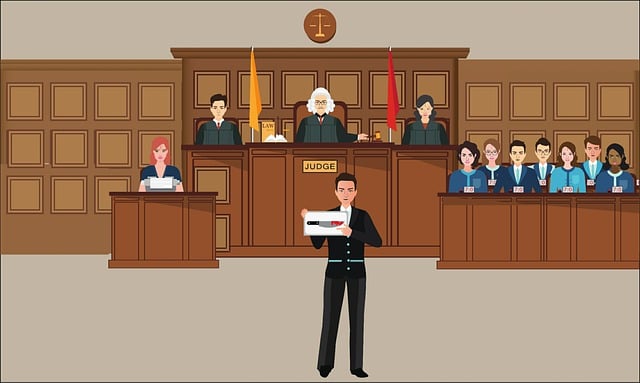In a wet floor accident, prioritize safety, provide first aid, assess the scene, and document thoroughly. Legal implications include liability for businesses, personal injury claims, and complex determinations of negligence. Seek legal guidance in ambiguous cases to manage risks and ensure appropriate compensation.
“Responding to a wet floor accident is crucial for both safety and legal considerations. If you witness someone slip and fall due to a slippery surface, follow these steps. First, assess the situation and ensure everyone’s safety. Document the accident scene, noting the time, location, and conditions. Provide immediate assistance to the affected individual while also documenting any damages or injuries. Understand the legal implications of wet floor accidents to ensure proper handling and to protect yourself and the victim.”
- Assess the Situation and Ensure Safety
- Document the Accident Scene
- Provide Assistance and Legal Considerations
Assess the Situation and Ensure Safety

When witnessing a wet floor accident, the initial step is to assess the situation and prioritize safety for all involved. If someone has slipped or fallen on a wet surface, ensure they are stable and not in immediate danger. Check for any signs of serious injuries like head trauma, broken bones, or difficulty breathing. It’s crucial to act quickly but calmly—move them to a safe area if necessary, away from traffic or potential hazards that could exacerbate the injury.
Additionally, assess the wet floor itself. Determine where the water came from (e.g., a leaky pipe, recent cleaning), and evaluate how long it has been there. Note any nearby obstacles or similar conditions that might have contributed to the accident. These details are essential for understanding liability and can help prevent future accidents by prompting appropriate clean-up measures. Remember, swift action could make a significant difference in managing slip and fall injuries and potentially preventing wrongful death cases.
Document the Accident Scene
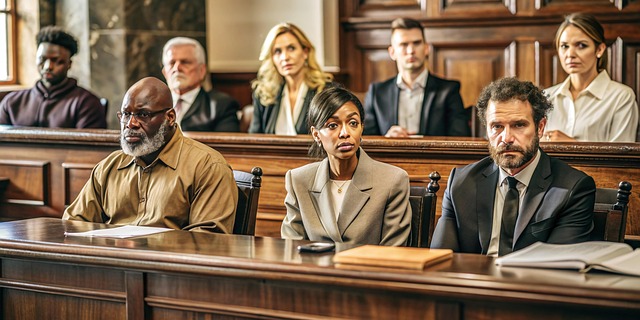
After ensuring the safety of all involved parties, documenting the wet floor accident scene is crucial. Take note of the exact location and conditions that led to the incident. Use your phone or a pen and paper to capture clear images of the area, including any visible signs of water, slip marks, or other evidence that might aid in understanding how the accident occurred. Note down details such as the time and date of the event, names of witnesses present, and any relevant information about the victim’s condition immediately after the incident. This documentation can be invaluable when it comes to establishing liability and potential injury compensation claims, especially in cases where a breach of contract or medical malpractice is suspected.
Additionally, gather contact details of anyone who witnessed the wet floor accident. Their accounts could provide critical insights into the sequence of events. These steps are essential for creating a clear picture of what transpired and may be crucial in legal proceedings related to the incident, such as pursuing medical malpractice claims or seeking injury compensation if negligence is proven.
Provide Assistance and Legal Considerations
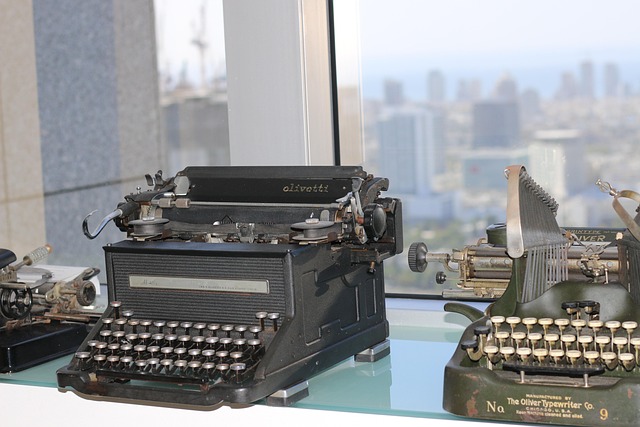
If you witness someone slip and fall on a wet floor, your immediate response is crucial, but so too are the legal considerations involved in such situations. The first step is to provide assistance – ensure their safety by moving them to a safe area if possible, check for injuries, and call emergency services if necessary. You can also offer basic first aid training if you’re qualified and it’s appropriate to do so.
From a legal perspective, understanding the concept of wet floor accident liability is essential. In many places, businesses have a duty of care to maintain safe premises, which includes keeping floors dry and free from hazards. If the accident occurred on private property, such as an employment setting, it’s important to remember that employment contracts often include clauses regarding safety responsibilities and potential personal injury claims. However, determining liability may be complex; for instance, if the individual was contributing to their own harm by walking too quickly or using inappropriate footwear. In cases of doubt, seeking guidance from legal professionals is advisable, especially when considering whether a breach of fiduciary duty might have occurred.
When witnessing a wet floor accident, prompt action is crucial. First, assess for immediate safety risks, then document the scene by taking photos and noting details like time and lighting. Next, provide aid to the affected individual while ensuring all parties are protected legally. Remember, managing these steps effectively can significantly assist those involved and mitigate liability concerns related to wet floor accidents.
